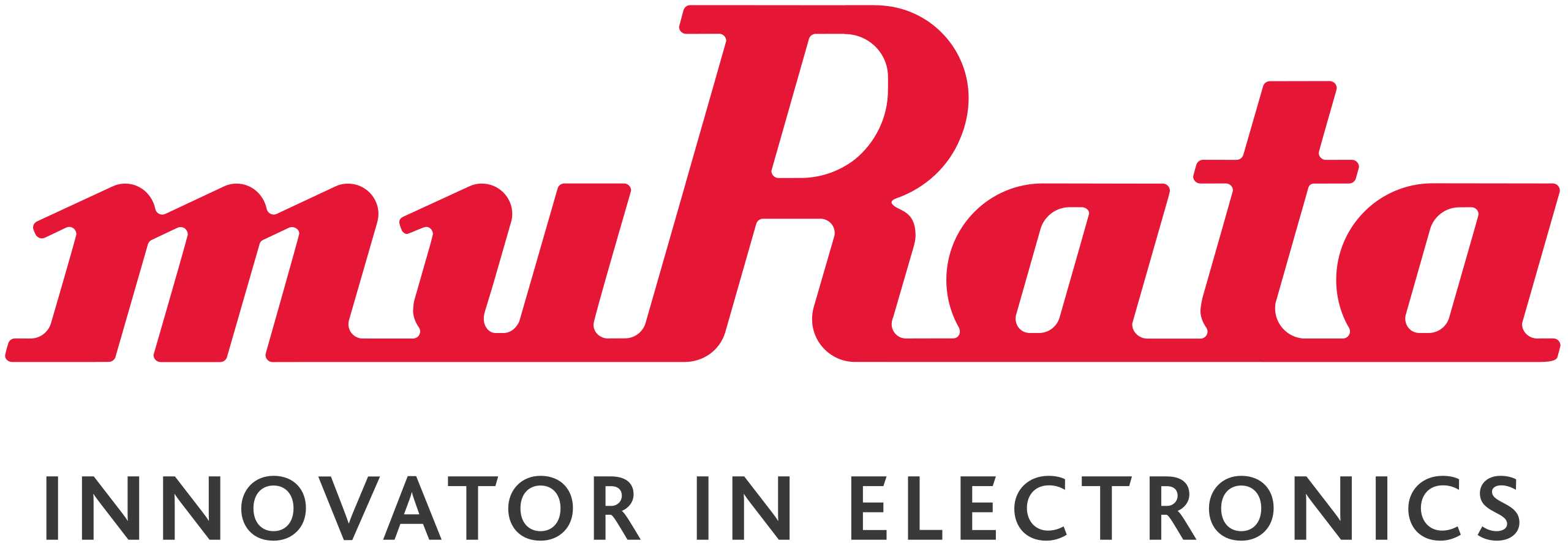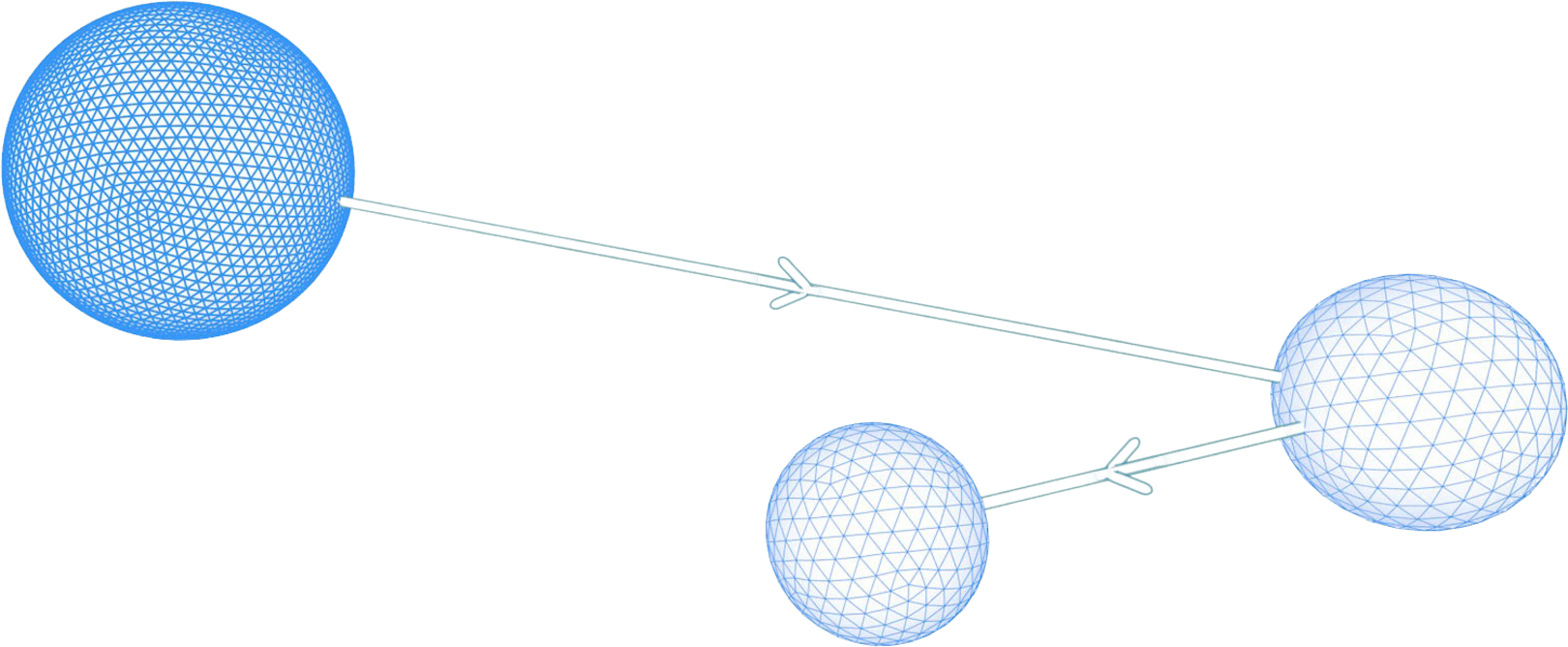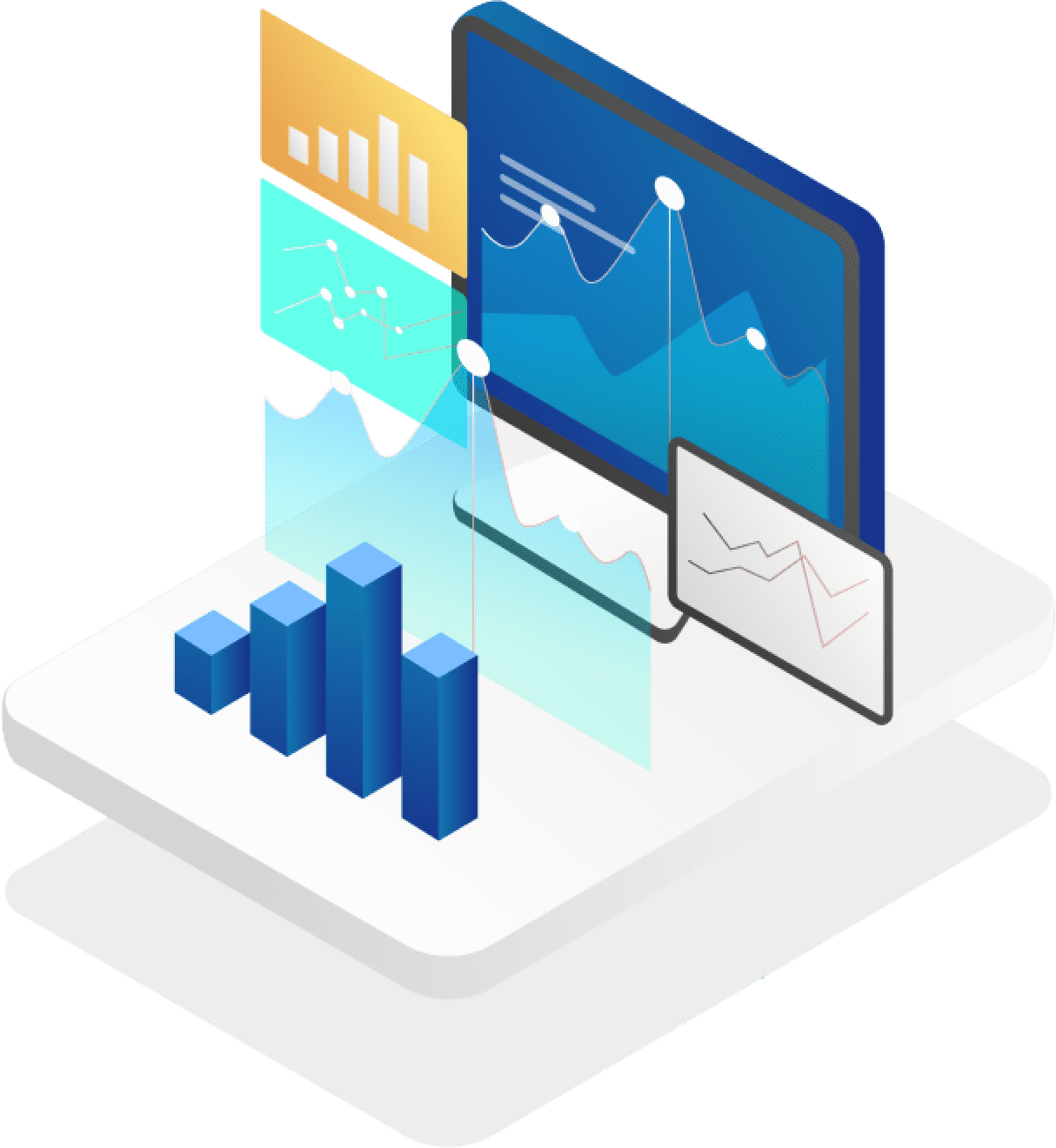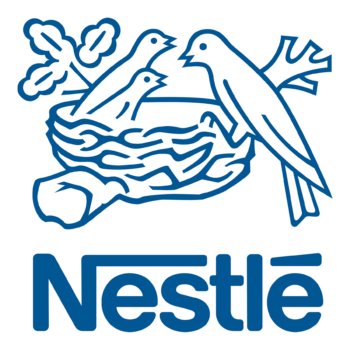Trusted by leading organizations









Embed Causal AI in your Decision-Making Workflows
To build truly intelligent machines, teach them cause & effect
– Judea Pearl
-
Truly explainable
and trustworthy AICurrent AI approaches are typically perceived as black boxes and often fail to make a real impact
-
Combine human and machine knowledge
Inject domain expertise to enhance cutting-edge causal discovery algorithms via an intuitive user interface
-
Design next best actions
Use interventions and counterfactuals to translate model output to quantitative, actionable recommendations that are trusted by decision makers.
Trusted by Fortune
100 companies
Proven value in weeks
View case studyClient Retention
North American pension plan improved beneficiary satisfaction and increased retention by 17% using decisionOS powered by Causal AI.

View case studyEarly Fault Detection
$50bn Global Electronics Company chooses causaLens to revolutionize its early warning system for faulty parts with Causal AI

View case studyInventory Optimization
A leading manufacturer of IT products sees $19mn in savings from matching inventory levels to customer demand more accurately


The Causal AI Revolution is Happening
Watch here the presentations from leaders from BMW Group, Nestle, Mayo Clinic, AirBnB, Cisco, Bosch, Alstom, ScotiaBank, TotalEnergies and more at the annual Causal AI conference
Read more on the Causal AI Revolution here
Latest News
and Resources
Ways to get started
Book a demo
Book a personalized demo to see our decision-making AI powered by Causal AI in action.
Get startedRequest Free Trial
Discover the power of Causal AI by requesting a free trial of decisionOS.
Get startedResources
Read our white papers, case studies, and research to gain new understanding in the world of Causality.
Get started


















